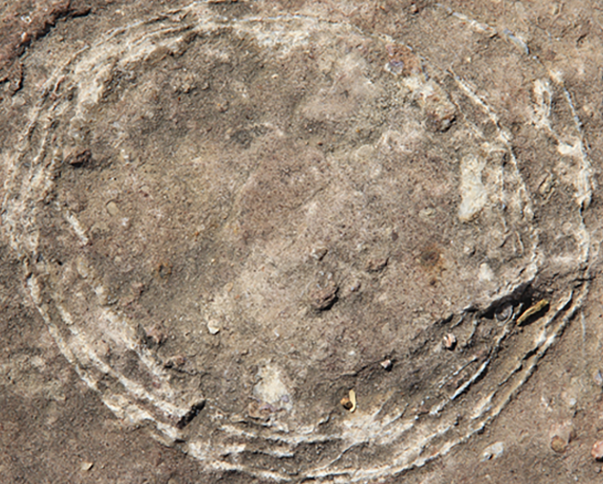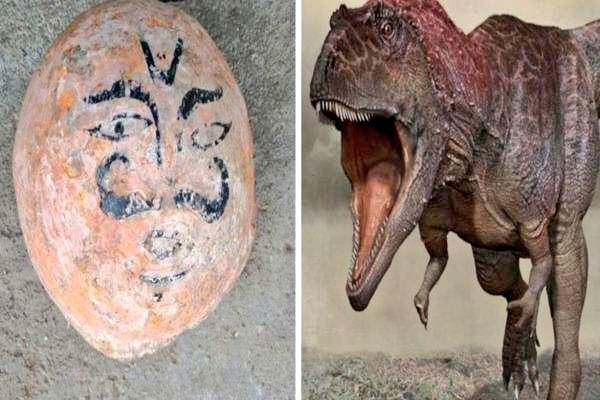India has become the focus of global attention after a groundbreaking archaeological discovery. Stones long worshipped by locals in Madhya Pradesh as kuldevta—sacred guardian relics believed to protect crops and livestock—have now been confirmed by scientists to actually be dinosaur egg fossils dating back around 70 million years.

For generations, villagers revered these mysterious stones as holy objects. However, recent scientific analysis revealed that they are in fact fossilized eggs of the Titanosaur, a giant dinosaur species that ruled the Earth during the late Cretaceous period.
The discovery suggests that Madhya Pradesh may have once been home to the largest dinosaur hatchery on Earth. Earlier excavations in the Narmada Valley uncovered as many as 92 nests containing 256 fossilized eggs. Among them, researchers identified a rare phenomenon known as “egg-in-egg”—previously observed only in modern birds—hinting that Titanosaurs may have reproduced in ways similar to today’s avian species.
Moreover, the dense clustering of nests indicates that Titanosaurs practiced colonial nesting behavior, much like modern birds. However, the high density likely made egg care difficult, suggesting these dinosaurs may have abandoned the nests after laying their eggs.

This revelation not only provides valuable insights into the reproductive habits and life cycles of dinosaurs, but also highlights a fascinating dialogue between science and local spirituality. What was once venerated as sacred relics has now been revealed as a priceless window into prehistoric life.
The discovery site has since been preserved as the Dinosaur Fossils National Park, and India is pushing for its recognition as a UNESCO Global Geopark. Such a move would both safeguard these rare fossils and unlock opportunities for scientific tourism and education.
